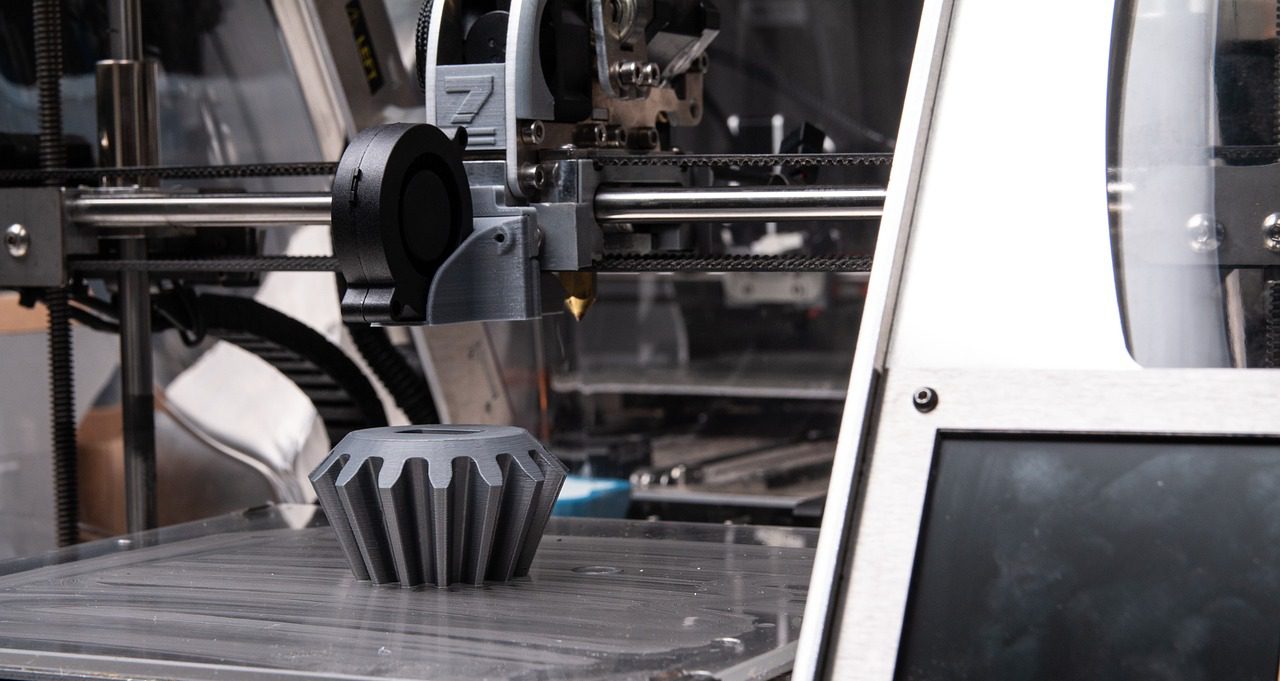
This post is also available in:
 עברית (Hebrew)
עברית (Hebrew)
During large-scale crises, operational failures are caused in communications networks. While commercial networks play a crucial role in traditional mass-alert solutions, circumstantial vulnerabilities can impact their capability to facilitate emergency communications, and hinder their ability to protect lives.
Public safety technology company Carbyne and Israel Aerospace Industries (IAI) defense and security company, through its Group Division ELTA Systems, are introducing the Ultra Emergency Network – 911 Ultra-EN, enabling first responders and civilians in blackout and disaster areas to stay connected.
The Ultra Emergency Network allows responsible government agencies to overcome communication breakdown by immediately deploying next-generation 911 services.
911 Ultra-EN provides mobile phone subscribers with network coverage to access rescue services and provide their own location. IAI and Carbyne co-developed the 911 Ultra-EN as an innovative solution that activates an instant alternative private cloud-based cellular network to reconnect users in disaster zones with emergency service accessibility, as well as wideband data communications when it matters most.
The Ultra Emergency Network guarantees connectivity directly to the users’ mobile devices during disasters such as earthquakes, fires, floods, terror attacks, and other situations that can compromise commercial cellular networks’ functionality.
The 911 Ultra-EN delivers distinct, powerful capabilities, such as the ability to locate trapped individuals in need of rescue, provide a secure network for first responders, and more. The Ultra Emergency Network couples solutions such as ELTA’s RescueCell, a secure, immune and autonomous dedicated communication network, and IAI RES-Q-CELL, a cellular geo-location system, with Carbyne’s NG 9-1-1 technology for the delivery of rich data services including dynamic device-based location, live video streaming, instant chat and real-time analytics. The system dramatically improves the first responder’s situational awareness, and establishes communication channels where they are most needed.
One of the 911-Ultra EN’s crucial benefits is that it requires no app or pre-registration by the user. In establishing the autonomous network, Carbyne’s and IAI technology provides mobile phones with live connectivity, independent of other apps or services.
The companies’ newest solution has proven increasingly essential over the past year. In Nashville, following an unpredictable and devastating bombing, multi-state commercial networks were damaged and rendered inoperable, thereby severely constricting search and rescue efforts. If the state had a solution such as 911-Ultra EN, it would have had the ability to establish a permanent line of communication when it was needed most.
Adi Dulberg, IAI-ELTA VP and GM Intelligence, Communications and EW Division: “This development – made possible through close collaboration between IAI and Carbyne – enables a timely emergency response in any circumstance imaginable. The public can now feel confident in the ability to stay connected at all times, more important now than ever before.”
Amir Elichai, CEO And Founder of Carbyne: “Time is the greatest asset in any emergency situation, and lives lost are the price we pay when emergency response communications are interrupted. It is not inevitable to lose network connectivity during large scale disastrous conditions. Sometimes governments do not plan for these scenarios. But, they happen all around us. And when they do, the availability of an autonomous network is critical.”
























